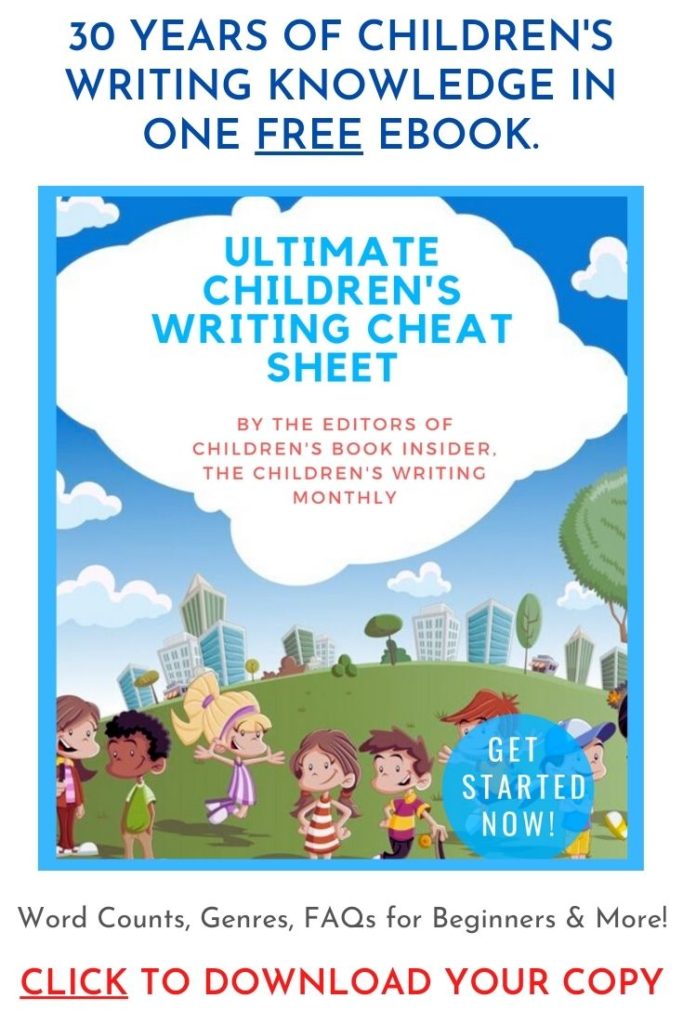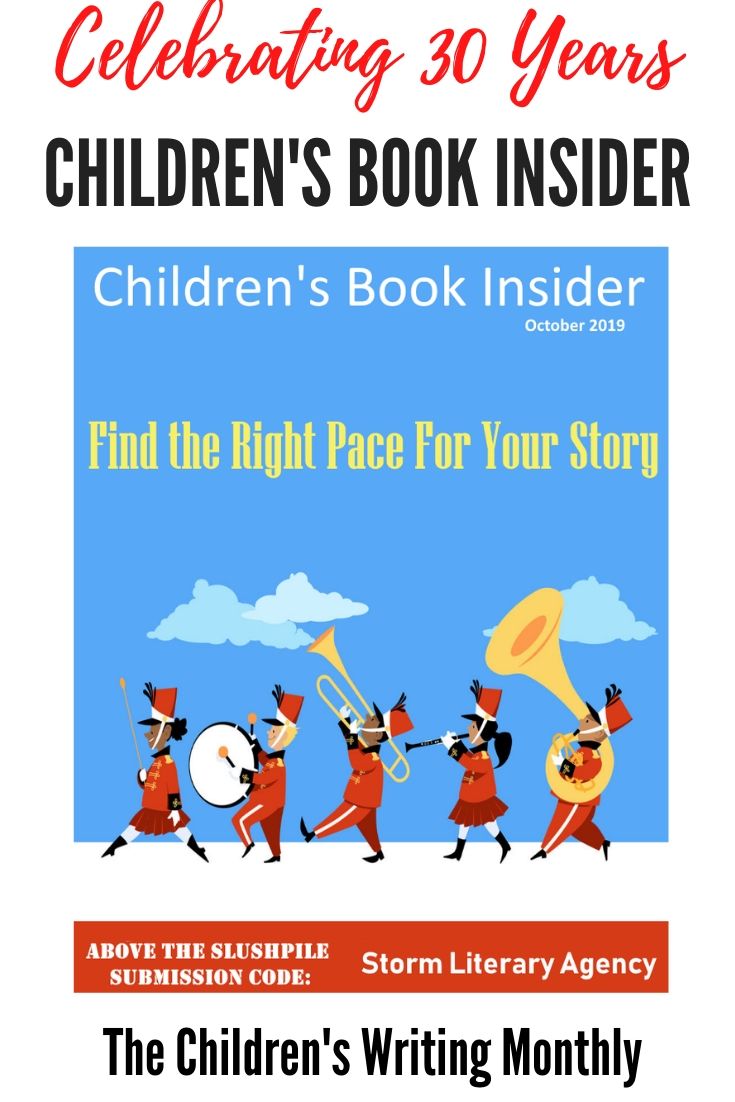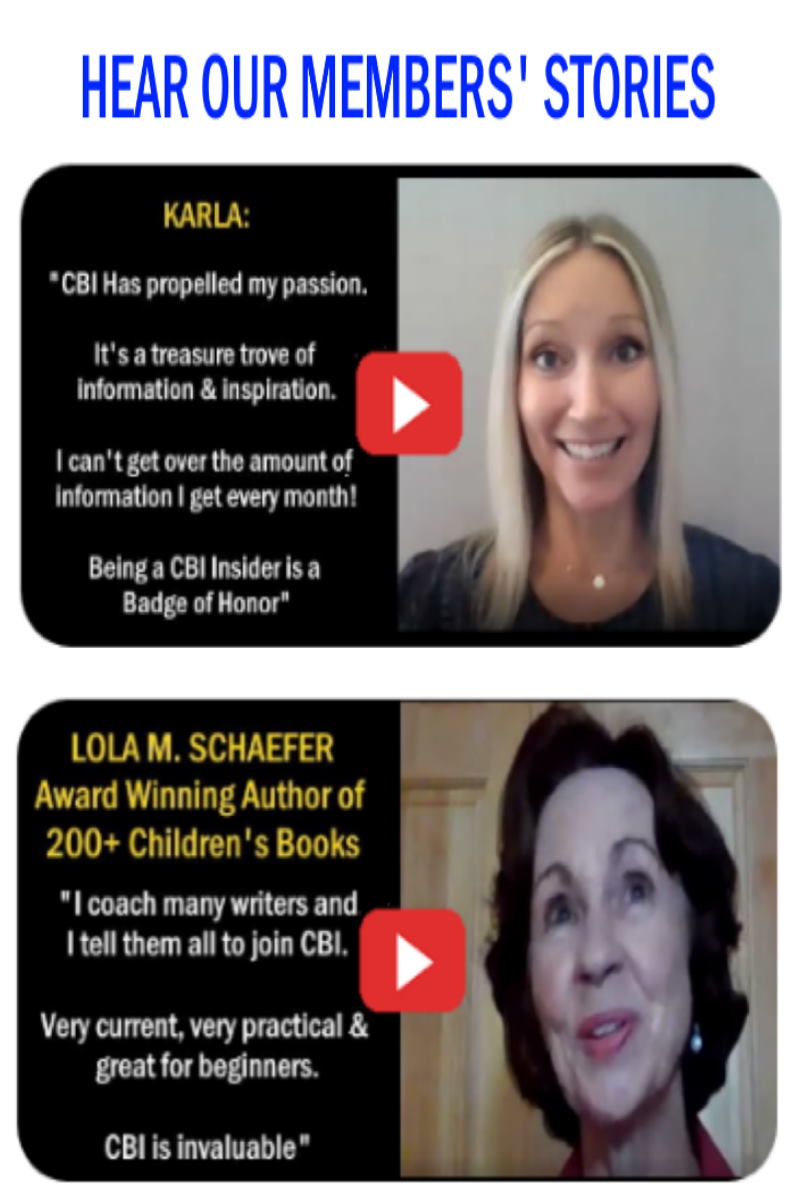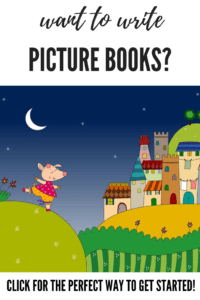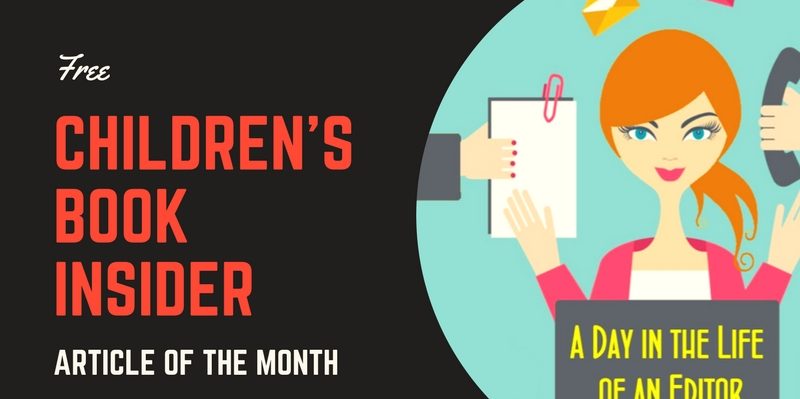
Every month, we’ll share a free article that recently appeared in the pages of Children’s Book Insider, the Children’s Writing Monthly. To learn more about the magazine and get a special offer, go to http://writeforkids.org/come-join-the-insiders-2/
This month, we present an interview with Kendra Levin, Executive Editor of Viking Children’s Books. It’s an invaluable look inside the work life of an editor that offers some excellent insights for all submitting writers.
The interview was conducted by CBI Contributor P.J. McIlvane, and appeared in the April, 2017 edition of Children’s Book Insider.
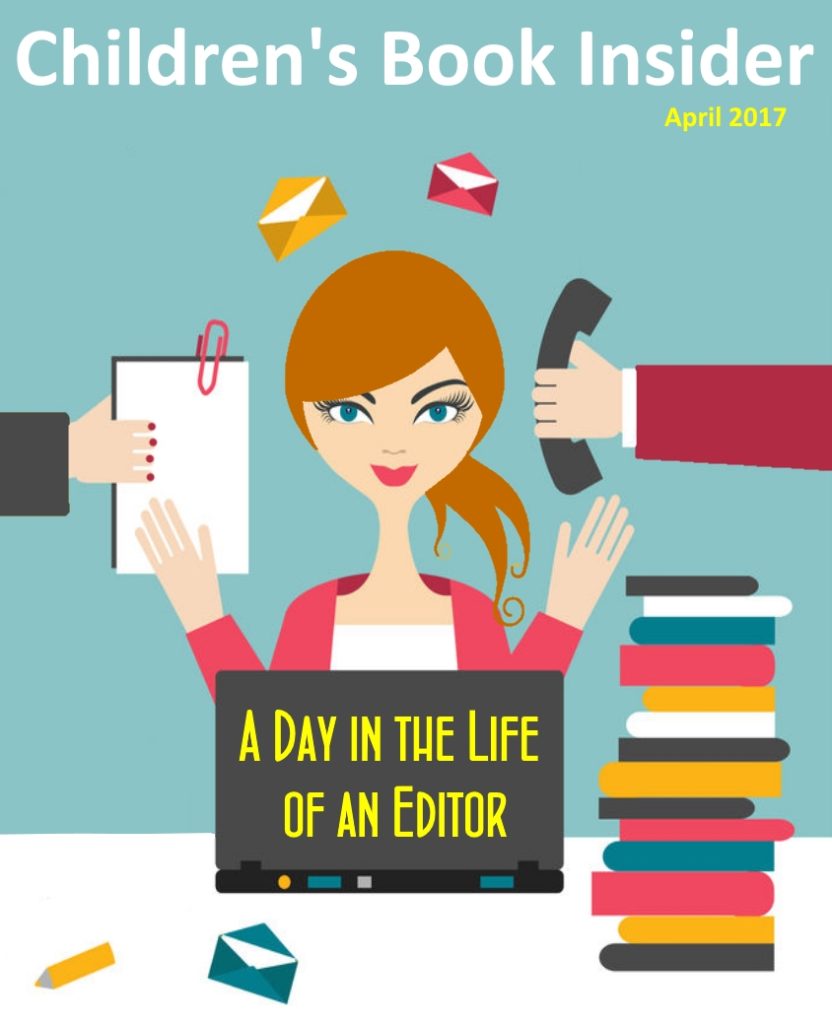
If you’ve wondered what an “executive editor” does (and who hasn’t, including me?), wonder no more.
Kendra Levin is an executive editor at Viking Children’s Books, an imprint of Penguin Random House. Since 2005, she has worked on a wide range of children’s literature from picture books to young adult novels. She has edited New York Times bestseller Rebel of the Sands by Alwyn Hamilton, Printz Honor winner The Passion of Dolssa by Julie Berry, Theodor Seuss Geisel award winner Don’t Throw It to Mo! by David A. Adler, Society of Illustrators Gold Medal winner The Lost House by B.B. Cronin, and the work of authors including Janet Fox, Deborah Freedman, and others. In addition, Kendra helps writers as a teacher and certified life coach, and is the author of The Hero is You, a grounded selfhelp guide to a healthier writing process. You can visit her at kendracoaching.com and follow her on Twitter (@kendralevin).
PJ McIlvaine: Your bio is quite eclectic: from playwright to Executive Editor for Viking Children’s Books (Penguin Random House). Can you elaborate on your professional journey?
Kendra Levin: I wasn’t someone who always dreamed of working in publishing. I grew up surrounded by books, but I’m not sure I thought much about the people who created them, beyond the authors and illustrators.
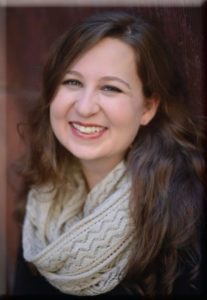 My goal as a kid and teen was to be a writer. When I had just moved to New York to study playwriting at NYU, I got an email from an editor at Scholastic, David Levithan (whom I’d never heard of), asking my permission to include a short story of mine that had won a Scholastic Writing Award a couple years earlier in an anthology of student work he was putting together.
My goal as a kid and teen was to be a writer. When I had just moved to New York to study playwriting at NYU, I got an email from an editor at Scholastic, David Levithan (whom I’d never heard of), asking my permission to include a short story of mine that had won a Scholastic Writing Award a couple years earlier in an anthology of student work he was putting together.
That email led to an internship at Scholastic, where I fell in love with editing children’s books under the wonderful mentorship of Joy Peskin (now Editorial Director at FSG), who introduced me to the world of publishing. I was amazed to discover a job that allowed me to use the skills I’d been honing for years in writing workshops—constructive critique, story analysis, stuff like that. So I really lucked into the perfect line of work for me. Out of college, I got a job at the Scholastic Book Clubs, a great place to learn more about the industry, and then transitioned to an editorial role at Viking Children’s Books in 2005, and I’ve been there ever since.
PJ: Can you give us a behind the scenes idea of what a day in the life of an executive editor really is?
KL: Part of what keeps me in this job is that fact that there’s no average day—every day is different. Currently, though, I’m feeling like I spend most of my days answering emails and attending meetings. It’s a funny but very common phenomenon that the elements of being an editor that most characterize the job—reading and editing manuscripts—wind up being relegated to evenings and weekends. Luckily, I love the social aspects of being an editor, so I don’t mind spending more of my day communicating and problem-solving than actually editing books.
PJ: What parts of your job do you like the best? And the least?
KL: I love to help people, so my favorite parts of the job are the ones that allow me to do that, whether I’m guiding an author through a tricky revision or advising a colleague on a challenging situation. To me, the most frustrating part of the job is when, for whatever reason, a book I love and believe in just doesn’t seem to resonate. It’s disappointing for the author and for me, too—and hard to see something you’ve put so much work into fail to reach people.
PJ: What surprised you the most about the publishing process?
KL: Like most people, I always imagined being an editor was a quiet job– reading and editing all day. In fact, I have to do most reading and editing in my own time outside of the office, because it’s definitely NOT a quiet job! Most days are full of meetings, phone calls, discussions, problem solving, and other kinds of running around and being social. Luckily, I really enjoy that!
PJ: Is there a common thread in the books you ultimately decline to pursue, for example, like not ready for prime time, editing errors, etc.?
KL: It’s hard to find one common thread among them all and much easier to see what’s common among the books I do acquire. To put it in perspective, I decline several hundred manuscripts each year. I acquire between one and five. So it’s easier for me to look at what all the ones I do acquire have in common. What tends to tie them together is an element of reader empowerment. I love books that inspire and empower kids and teens, that show them they can solve their own problems, that they are stronger than they realize, and that there’s a lot they can do despite constantly being told they are “just” children.
PJ: Do you have a favorite genre?
KL: One of the pleasures of working on books for young readers is that you get to be kind of a Unitarian of genres and try everything. I love the variety. But I do find myself most drawn to books that take place in a realistic world, either contemporary or historical, but have magical elements. I like books that transport me to a version of reality where magic is real.
PJ: You’ve edited many books, from picture books to young adult. Does each genre have a different publishing process?
KL: Any children’s books editor would tell you that the process for making picture books is very different from that of novels. One of my favorite aspects of the picture book process is getting to work closely with the art director. I love collaborating with someone who has a totally different skill set and area of expertise—I learn so much from that process. Novels come to me a little more naturally, so I feel lucky that in the area where I’m less confident, picture books, I get to rely on a partner in the work.
PJ: What do you look for in a book that you’re considering publishing?
KL: What every editor looks for, I imagine—writing that absorbs me and make me forget the world around me, coupled with a concept or idea that I can succinctly explain to our sales and marketing folks in a way that’ll get them excited about the project. I look for something that hasn’t been done before in quite the same way. I look for work that will empower its readers and give them a sense of their own potential and strength—to me, that’s one of the most important reasons to publish books for children to begin with.
PJ: Do you primarily accept submissions through agents and/or referrals, or do you still find hidden gems in the slush pile/queries?
KL: At this stage of my career, I mainly accept submissions that come from agents, though I’d love to connect with something unrepresented. As a house, Penguin is closed to unsolicited submissions, mainly because it would take many full-time staff members to deal with the sheer volume—we just don’t have the bandwidth.
By focusing on work that is represented by agents, we are asking writers to really do their homework: study their craft, have a knowledge of the marketplace, develop resilience—all crucial for becoming an author. That said, I do open my mailbox to unrepresented submissions from writers who attend conferences and retreats for which I’m a faculty member, and each event has its own guidelines.
PJ: What publishing trends do you foresee? Is there something you’d like to see, or see more of?
KL: I try not to chase trends. I’d rather create them than try to predict them! For example, historical fiction has always been challenging, but if you look at this year’s ALA awards, you can see the genre getting quite a lot of attention, including a book I edited, The Passion of Dolssa by Julie Berry, which won a Printz Honor. When I acquired the book, I certainly didn’t think that historical fiction would be a trend by the time the book came out. And, arguably, it still isn’t! But the genre also seems to be rising to the surface in ways it wasn’t two or three years ago. As far as what I’d like to see more of, I’m just always looking to be surprised— which could mean anything. I like to keep my options open.
PJ: Being a writer yourself, how easy—or difficult—is it for you to go into editing mode on material that was created by someone else?
KL: Many editors are also writers, and the ones I know seem to fall into two camps. Either they are incredibly driven and just find a way to switch back and forth between “editor brain” and “writer brain” so it becomes habit, or they struggle mightily with making that boundary. I definitely fall into the latter camp. I find writing extremely difficult because I have a tough time turning that mental editor off. Editing comes very naturally to me, at this point; it’s writing that is more of a battle. The only writing project I’ve finished since becoming an editor is The Hero Is You, my book about the creative process, which came out in 2016, and it reflects six years’ worth of work.
PJ: How important is branding/or a social media platform for writers?
KL: Social media acuity is not essential for writers. However, being good at some form of self-promotion is important for authors. If you are a writer who wants to become a published author, do not invest too much of your time worrying about stuff like branding and social media—focus instead on your craft and becoming the best writer you can possibly be. While you are doing that, pay attention to what forms of communication seem to come most naturally to you, and allow those to be your platform. It’s better to do one form of social media (or other kind of self-marketing) well than to do many without genuine interest.
So if you find that you want to save all your writing for your actual work but you like to share images, maybe Instagram is a good platform for you. If you aren’t comfortable with any social media but you love talking in front of groups, focus any self-promotional energies on getting lots of speaking engagements. If you can show in some way that you have some connection to other people, publishers will look favorably on that. But none of this is a deal-breaker; I don’t know any editor who has turned down a wonderful, hooky manuscript because the author didn’t tweet.
PJ: You’ve also branched out into being a life coach for writers. How did that evolve?
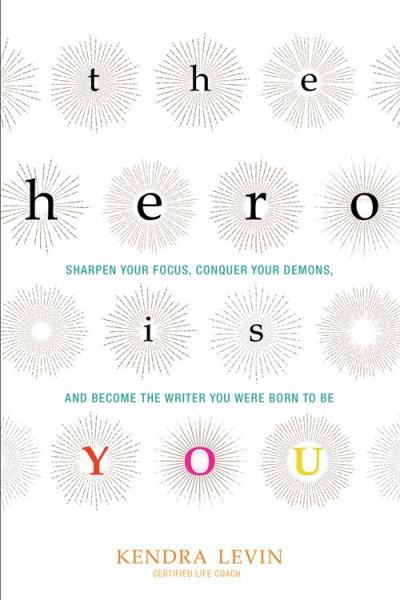 KL: I became a life coach in 2008 when I was still an assistant in publishing. I enjoyed my job but had a bit of an “is this it?” feeling about my work and life—wanting more meaning. A number of my close friends happened to all have crises at the same time and I found that I was dropping everything and racing to the side of each upset friend with a little too much enthusiasm. Then I was at a party where I struck up a conversation with a friend of a friend and when I asked her “What do you do?” she said, “I empower women.” I asked her out for coffee to hear more about her work as a life coach, and it sounded like a great fit for me, so I ended up taking a year-long certification course. Almost a decade later, it’s still something I do on the side but has evolved to become very much part of my work as an editor as well. And I use coaching techniques in the workshops I run for writers all over the country and in my book, The Hero Is You.
KL: I became a life coach in 2008 when I was still an assistant in publishing. I enjoyed my job but had a bit of an “is this it?” feeling about my work and life—wanting more meaning. A number of my close friends happened to all have crises at the same time and I found that I was dropping everything and racing to the side of each upset friend with a little too much enthusiasm. Then I was at a party where I struck up a conversation with a friend of a friend and when I asked her “What do you do?” she said, “I empower women.” I asked her out for coffee to hear more about her work as a life coach, and it sounded like a great fit for me, so I ended up taking a year-long certification course. Almost a decade later, it’s still something I do on the side but has evolved to become very much part of my work as an editor as well. And I use coaching techniques in the workshops I run for writers all over the country and in my book, The Hero Is You.
PJ McIlvaine is a published writer/produced screenwriter/kid lit author/blogger/journalist. In a former life she was a great baker of Europe. PJ’s websites are http://www.pjmcilvaine.com and https://talesfromtheothersideofoblivion.wordpress.com. She is represented by Jen Corkill Hunt of The Booker Albert Literary Agency.
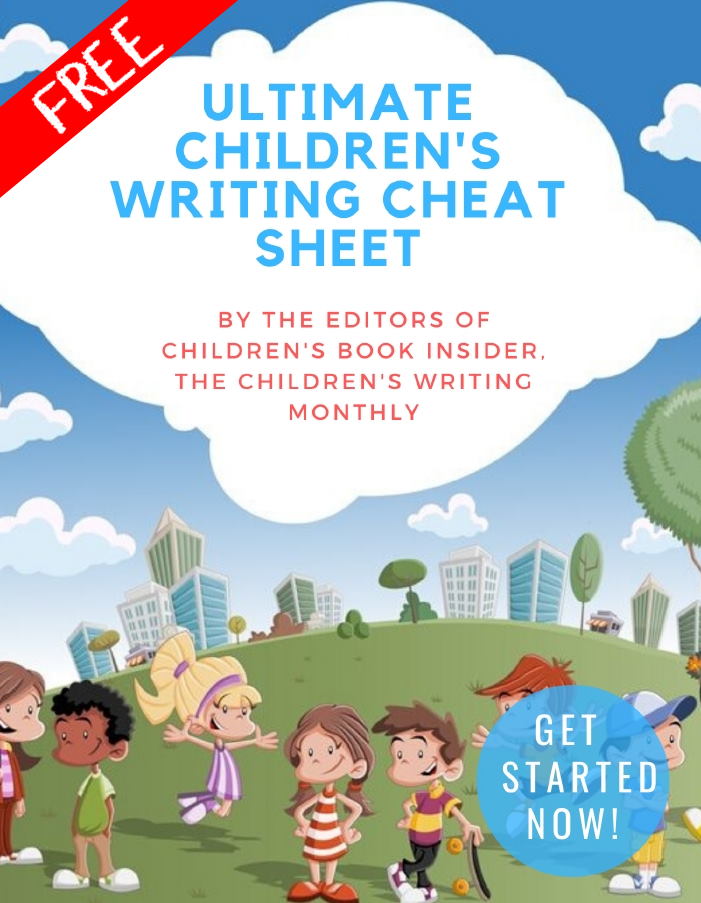
✏ Word Counts & Age Groups for Every Kidlit Category
✏ FAQs, Glossaries and Reading Lists
✏ Category-specific Tips, from Picture Books Through Young Adult Novels
✏ 5 Easy Ways to Improve Your Manuscript
✏ Writing For Magazines …and more!
This is a gift from the editors of Children’s Book Insider, and there’s no cost or obligation of any kind.
We will never spam you or share your personal information with anyone. Promise!
